Hard drive full? Here's how to save space in Windows 10
It's time to save some space on your hard drive
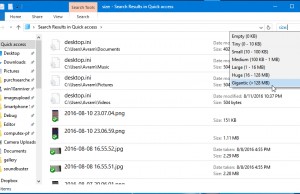
Instead of the large-but-slow mechanical hard disk drives of yesteryear, many laptop users have solid state drives (SSDs) and internal eMMC storage units that often cap out at 256GB and can go as low as 32GB. With those kinds of space constraints, it's easy to boot up one day and find out that your C drive is completely (or very nearly) full. Fortunately, if you have Windows 10, there are several steps you can take to clear out unnecessary files and free up much-needed disk space.
Search for large, unnecessary files
You may have files hiding in the depths of your storage drive that you don't need, but which are taking up huge amounts of space. These could be log files, temporary files or installation apps for programs you've already installed. Here's how to find your largest files.
1. Open File Explorer (aka Windows Explorer).

2. Select "This PC" in the left pane so you can search your whole computer. If you only want to look at your C drive, select the C drive instead.
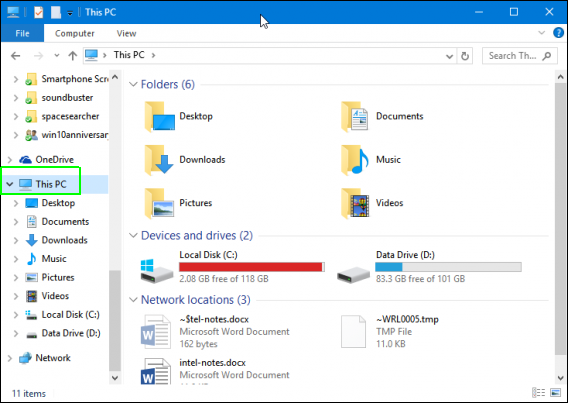
3. Type "size: " into the search box and select Gigantic.
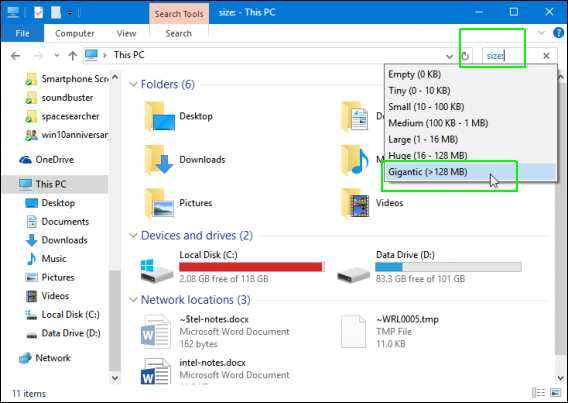
You may have to wait a few minutes for File Explorer to search your whole drive. Wait until the green status bar finishes filling the top.
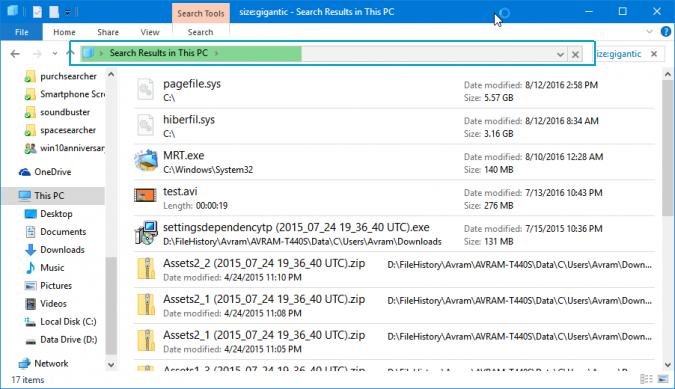
4. Select "details" from the View tab.
Stay in the know with Laptop Mag
Get our in-depth reviews, helpful tips, great deals, and the biggest news stories delivered to your inbox.
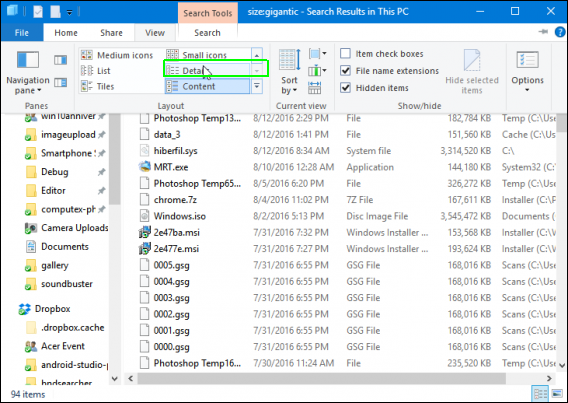
5. Click the Size column to sort by largest to smallest.
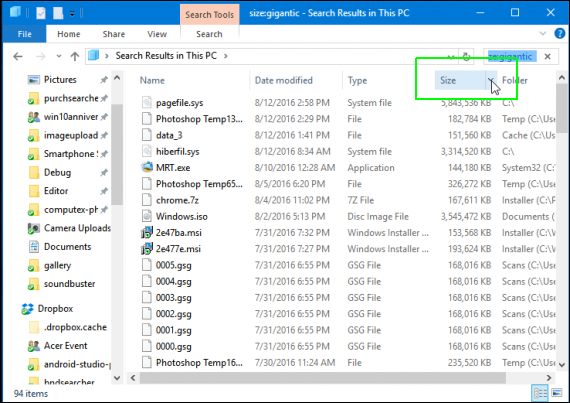
6. Look through your list of files and delete those you no longer need. If you're in doubt about what a file does, leave it be or look it up. The last thing you want to do is break a program or erase important data. ISO files, Program installers and temp files are often things you can get rid of.
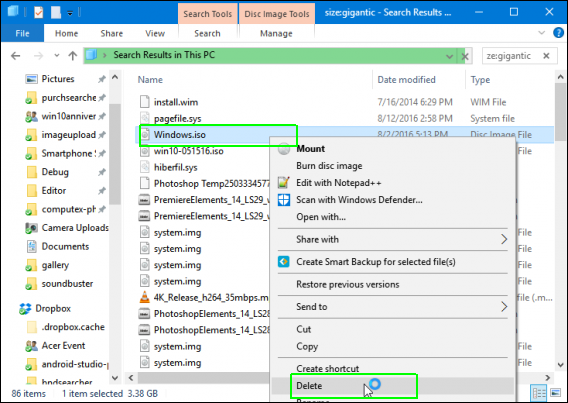
7. Navigate to the Downloads folder. It's usually in your Quick Access toolbar.
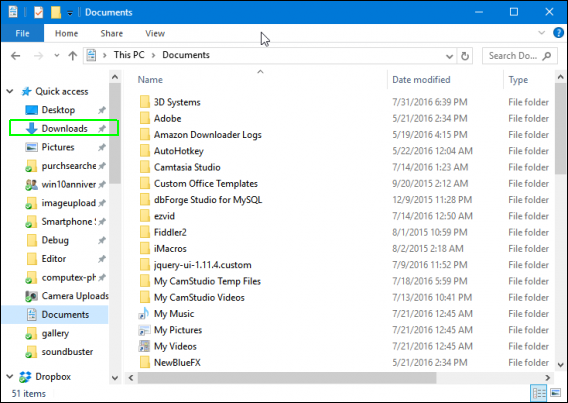
8. Delete any downloads you no longer need.
Use the Disk Cleanup app
Windows 10's buit-in Disk Cleanup program finds and deletes unnecessary files that the operating system no longer needs. Here's how to use it.
1. Launch Disk Cleanup. You can find it by searching in the search box.
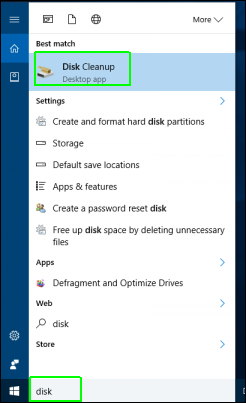
2. Select Your C drive and click OK.
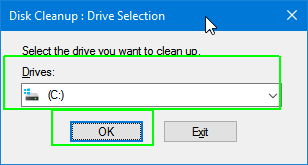
You'll have to wait a moment while it scans your drive.
3. Check off all the types of files you want to delete if they aren't already selected. They can all be safely removed, but some, like the temporary Internet files that make up your browser cache, may serve a purpose. Temporary files are often a particularly large waste of space.
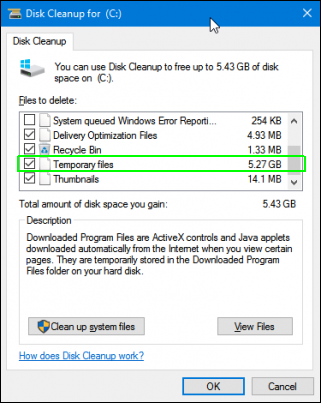
4. Click Ok.
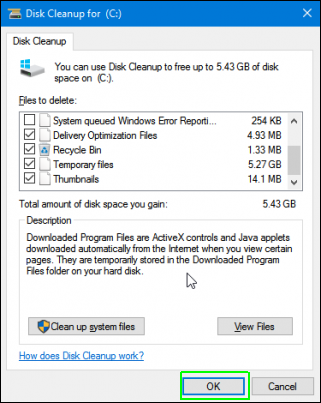
5. Click Delete Files to confirm.
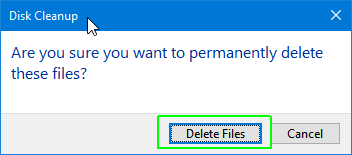
Wait patiently while it deletes the files.
6. Launch Disk Cleanup again, select C drive and click Clean up system files.
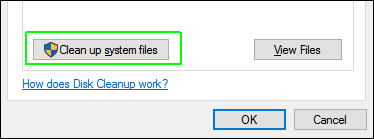
7. Select C drive again.
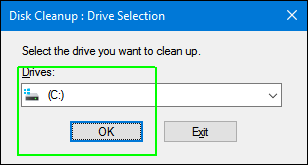
8. Check off all the listed files (if they aren't already checked) and click OK. Note that that command erases Downloaded program files and Temporary Internet files, so if you want to keep those, uncheck them.
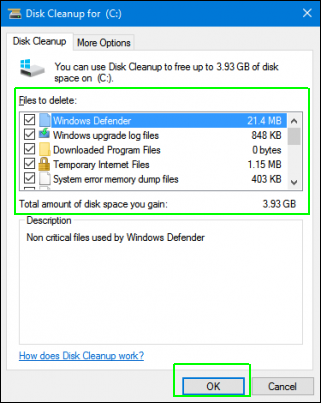
Disable hibernation
By default, your laptop is set to allow hibernation, a state of deep sleep where the contents of your RAM are saved to the hard drive rather than using power in the memory chips themselves.

Unfortunately, for hibernate to work, the system has to keep a large system file called hiberfil.sys that eats up several gigabytes, even when the computer is powered on. If you're willing to live without hibernation mode, you can save the space.
1. Open a Command prompt as administrator. You can get there by typing cmd into the search box, right-clicking the result and selecting "Run as administrator."
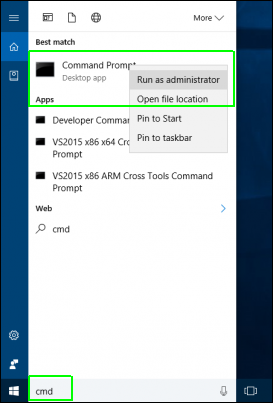
2. Type powercfg /hibernate off at the prompt and hit Enter.
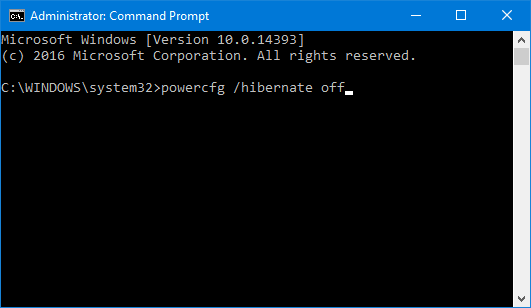
Windows 10 storage and backup
- Reclaim Hard Drive Space by Shrinking Windows 10
- Delete the Windows.old Folder in Windows 10
- How to Save Space By Cleaning Windows' WinSxS Folder
- Back Up Files with the File History Feature
- Mount and Burn ISO Files
- Format a Hard Drive For Both Windows and Mac
- Zip a File or Folder in Windows 10
- Control Which OneDrive Files Are Available Offline
- Map OneDrive as a Network Drive
- Fetch Any File on a Remote Computer with OneDrive
- 3 Ways to Save Space
- Free Disk Space Automatically with Storage Sense
- All Windows 10 Tips
- How to Install Apps to an External Drive

